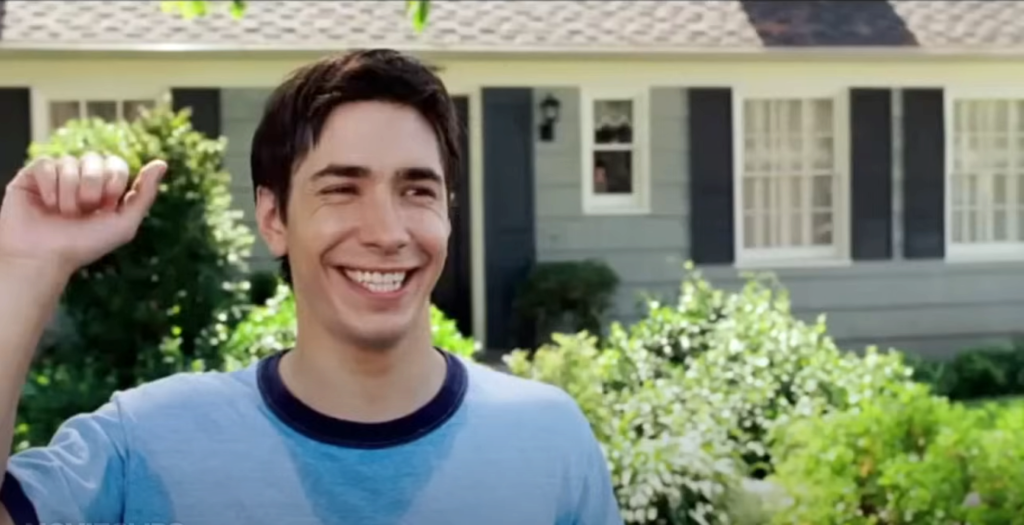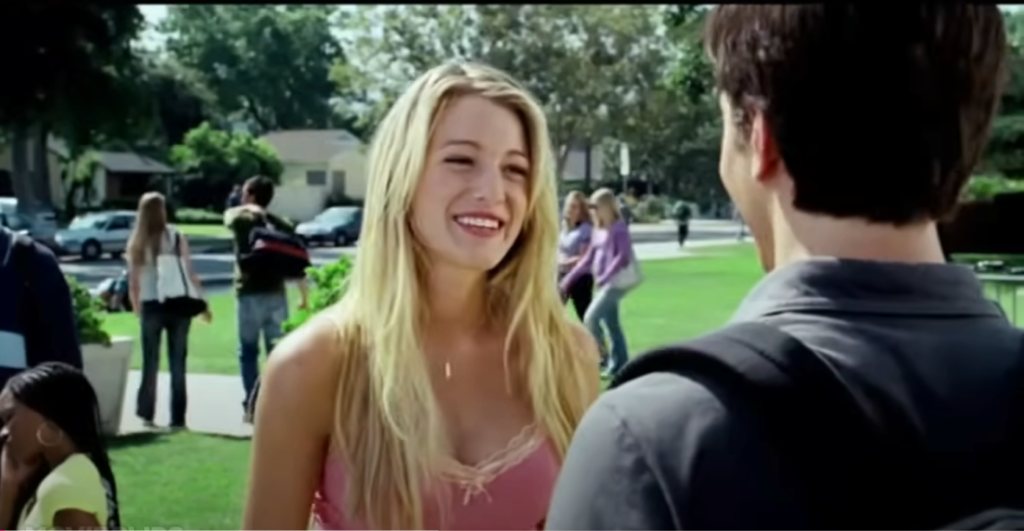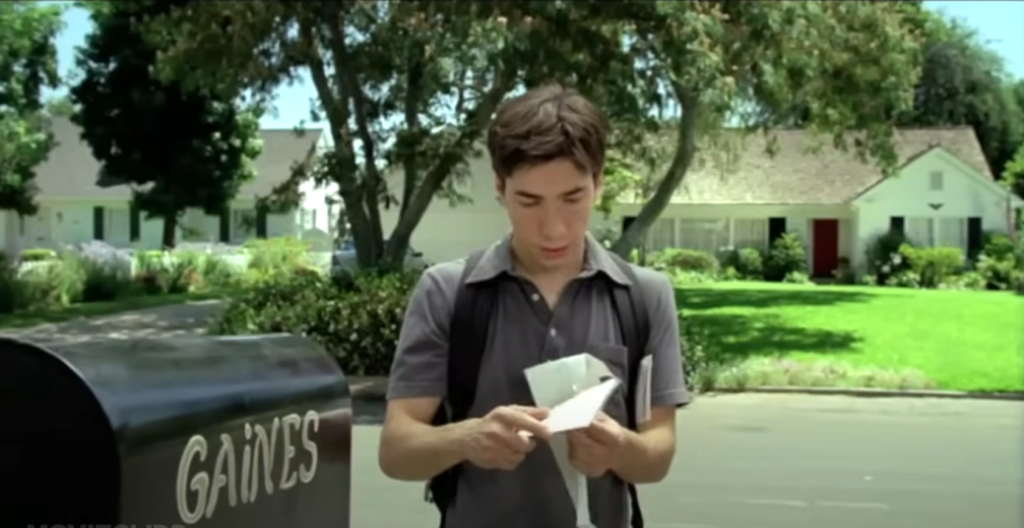The Return of Realism in Action Cinema
Top Gun: Maverick stands out in a sea of modern blockbusters by prioritizing practical effects and stunts over CGI. In an era where computer-generated imagery dominates action films, the decision to use real fighter jets and live-action aerial sequences brings a level of authenticity and visceral intensity rarely seen today. Rather than relying on digital effects, director Joseph Kosinski and star Tom Cruise chose to shoot most of the high-flying sequences practically, creating a sense of realism that pulls audiences into the cockpit with the characters.
This commitment to practical effects elevates Top Gun: Maverick beyond just another action film. The adrenaline-fueled dogfights and breathtaking aerial stunts immerse viewers in a way that CGI often struggles to replicate. This article explores how the use of real jets, combined with intense actor preparation, enhances the storytelling, emotional engagement, and overall cinematic experience.
Why Practical Stunts Matter: Immersion vs. Spectacle
Practical stunts provide an immersive experience that CGI often cannot. While CGI can create visually impressive scenes, it sometimes lacks the tangible, real-world physics that ground an audience in the action. In Top Gun: Maverick, the decision to film real jets in flight adds a weight and physicality that heightens the stakes and makes the aerial combat sequences feel immediate and intense. There’s a visceral quality to seeing actual planes move at incredible speeds, with real pilots at the helm, that CGI simply cannot capture.
Practical stunts also connect the audience more directly to the characters. Knowing that the actors, including Tom Cruise, were in real fighter jets makes their reactions—whether it’s fear, excitement, or determination—feel genuine. The strain on their faces and the physical toll of flying at high speeds aren’t performances enhanced by effects; they’re real, and that authenticity translates directly into the film’s emotional intensity.
By choosing to shoot aerial sequences practically, Top Gun: Maverick commits to a level of realism that enhances the storytelling. The action feels more dangerous, the stakes feel higher, and the audience is taken on a ride that feels as close to reality as possible. It’s not just spectacle—it’s immersion, and that’s what makes practical stunts in this film so effective.
The Training: Preparing Actors for Real Aerial Combat
For Top Gun: Maverick, the actors didn’t just need to look the part—they had to live it. Tom Cruise, known for his dedication to performing his own stunts, spearheaded an intense training regimen for the cast to prepare them for the physical and mental challenges of flying real fighter jets. The actors underwent a rigorous program designed to familiarize them with the extreme conditions of aerial combat, ensuring that their in-flight performances were not only believable but grounded in reality.
The training started with basic flight lessons in smaller planes, gradually building up to more advanced maneuvers and finally, flying in the Navy’s F/A-18 Super Hornets. This process allowed the actors to understand the G-forces and the physical toll that high-speed aerial maneuvers can take on the body. By the time they stepped into the cockpit for filming, they had experienced the same physical challenges their characters would face—straining against G-forces, holding focus under pressure, and enduring the disorienting nature of flying at such speeds.
One behind-the-scenes anecdote highlights the difficulty of filming these sequences: actors had to act while flying, often directing their own scenes from the cockpit as there was no room for a director or cameraman inside the jet. They had to perform their lines, react to the flight conditions, and operate cameras all at once, creating an unparalleled level of realism. Tom Cruise, an experienced pilot, led the charge by flying his own sequences, pushing his co-stars to rise to the challenge.
This intense preparation resulted in performances that feel authentic, with every grimace, gasp, and look of determination earned through real-world experience. The audience can feel the pressure the characters are under because the actors were truly put through their paces in the skies.
Capturing the Sky: The Technical Challenges of Filming Real Aerial Stunts
Filming real fighter jets in action presents a unique set of technical challenges that few films have attempted to tackle. For Top Gun: Maverick, the crew had to find innovative solutions to capture the high-speed aerial stunts in a way that was immersive and visually stunning. The key to making these scenes come alive was the use of specially rigged cameras placed inside and outside the jets, allowing the audience to experience the action as if they were in the cockpit themselves.
The placement of cameras was particularly tricky, as there was limited space inside the cockpits of F/A-18 Super Hornets. The crew used small, lightweight cameras to capture the actors’ reactions and the intensity of flight from multiple angles. Additionally, the external camera rigs were designed to withstand the extreme speeds and forces experienced during aerial maneuvers. Coordinating these shots required precise timing and collaboration between the filmmakers and Navy pilots, ensuring the perfect balance between safety and capturing breathtaking footage.
The cinematography in these sequences had to capture not just the speed and agility of the jets, but also the danger and tension of aerial combat. Wide shots of the planes soaring through the sky convey the scale of the action, while close-ups of the actors’ faces reflect the intense physical and emotional toll of flying in such extreme conditions. This combination of practical stunts and carefully orchestrated camera work gives the film an authenticity that resonates with the audience, drawing them deeper into the story.
Emotional Impact: How Real Stunts Elevate the Story
The use of real stunts in Top Gun: Maverick adds more than just visual flair—it elevates the emotional stakes of the story. By filming the actors inside real jets, their reactions to the intense G-forces and high-pressure situations become more than just performances—they are genuine reflections of the physical and emotional strain their characters endure. This realism makes the characters’ experiences feel more immediate, adding depth to the film’s emotional core.
The physical strain on the actors during these aerial sequences translates directly into the film. When Tom Cruise’s character, Maverick, pushes the limits of his jet in high-risk situations, the exhaustion, fear, and adrenaline are palpable because the actors truly felt those sensations. This level of authenticity allows the audience to feel more connected to the characters, as the stakes feel higher and more personal. It’s not just about the jets and the action, but the toll it takes on the people inside them.
Furthermore, the real aerial stunts help reinforce the film’s themes of risk, courage, and sacrifice. The visual spectacle of the jets performing daring maneuvers serves as a backdrop for the deeper emotional struggles of the characters. By showing the physical demands and real danger involved, the film highlights the bravery required to undertake such missions, making the characters’ triumphs and losses all the more poignant. The realism of the aerial combat sequences strengthens the film’s message about teamwork and the personal cost of military life.
The Future of Practical Effects in Modern Blockbusters
Top Gun: Maverick sets a new standard for practical effects in modern action films, proving that real stunts and practical effects can offer a level of immersion that CGI alone cannot achieve. The decision to use real jets and aerial combat sequences grounds the film in a sense of authenticity that resonates with audiences, making the action feel more intense and the stakes higher.
This return to practical effects, particularly in a blockbuster of this scale, signals a potential shift in the way action sequences are approached in big-budget filmmaking. With the success of Top Gun: Maverick, future directors may be more inclined to incorporate real stunts and physical effects to create a more visceral and engaging cinematic experience. By blending practical stunts with innovative cinematography, the film redefines how action movies can be shot, setting a benchmark for realism in the genre.



